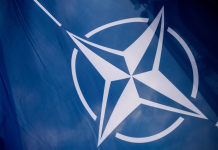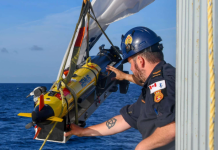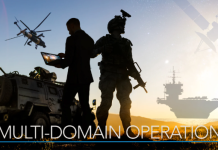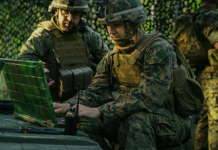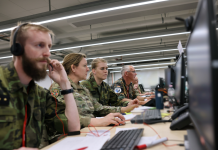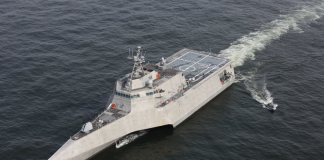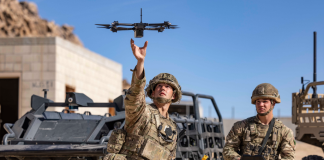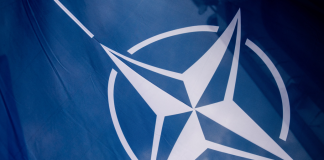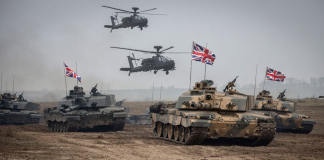The NATO Support and Procurement Agency (NSPA) hosted a Next Generation Rotorcraft Capability (NGRC) event at its headquarters in Luxembourg, where Lockheed Martin presented its findings from the final stage of Study #3 on Open System Architecture (OSA).
Participants had the opportunity to discuss key study deliverables, including an extensive report and video on OSA findings delivered by Lockheed Martin. This presentation was an essential step before NSPA’s NGRC Programme commences working with Nations on the future drafting of the initial set of NGRC requirements.
About Study #3
The aim of this Study was to identify, analyse and compare OSA concepts that could potentially fulfil the NGRC capability requirement, taking full recognition of the NGRC Attributes, in a solution-agnostic approach.
The objectives of Study #3 included the provision of a general overview of what an OSA approach is and the general trade-offs of adoption for stakeholders, taking into account the Agency, Operational Commands, National Governments, Original Equipment Manufacturers (OEMs) and subcontractors.
Additionally, the study outcome outlined OSA concepts and their supporting Digital Engineering approaches for NGRC Participating Nations, including trade-offs in a military context. As part of this study, enterprise and business enablers of OSA and Digital Engineering were identified, including any potential barriers to adoption.
The study results have equipped the Agency as well as NGRC Nations with the knowledge and understanding of relevant OSAs and their enabling digital ecosystems. These findings will support the assessment of platform concepts under Concept Study #5, and the generation of requirements for the next phase of the NGRC programme.
About the NGRC Programme
A significant amount of the medium multi-role assets currently in service across NATO Allies will reach the end of their life cycle in the 2035-40 period and beyond, with the subsequent need for replacements. These existing inventories are based on designs dating back to the previous century. The aim of the Next Generation Rotorcraft Capability (NGRC) is to respond to this upcoming requirement, in a timely and cost-effective manner, while concurrently leveraging a broad range of latest advances in technology, production methods, and operational concepts.


